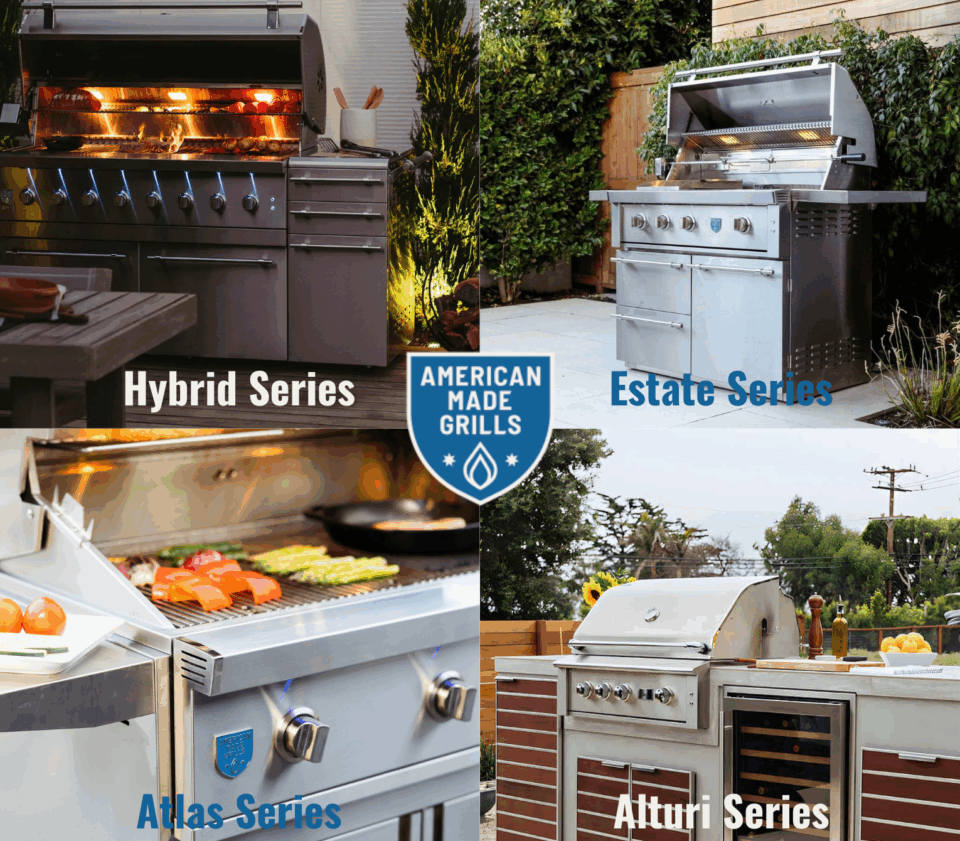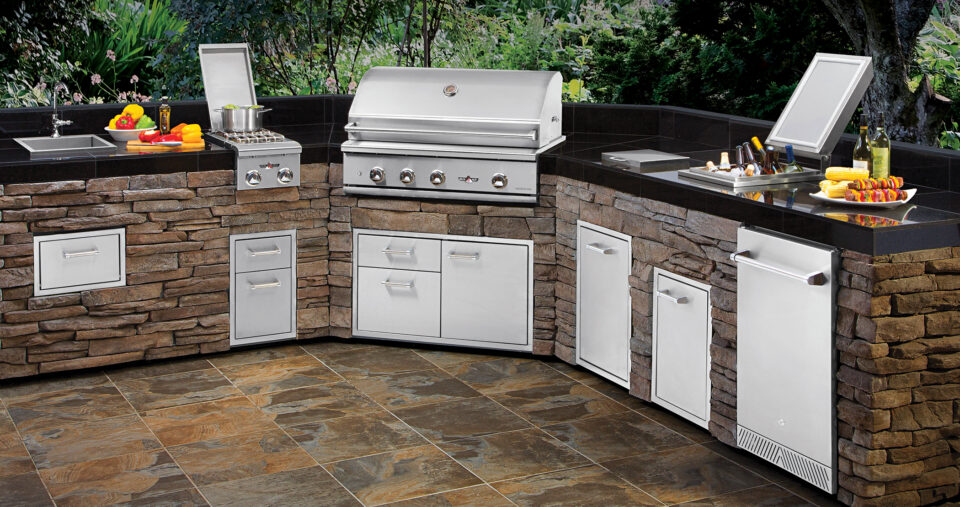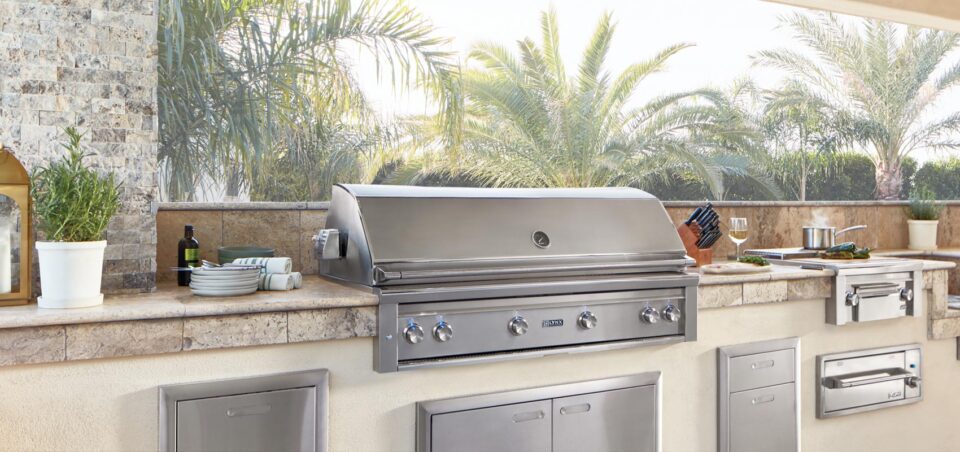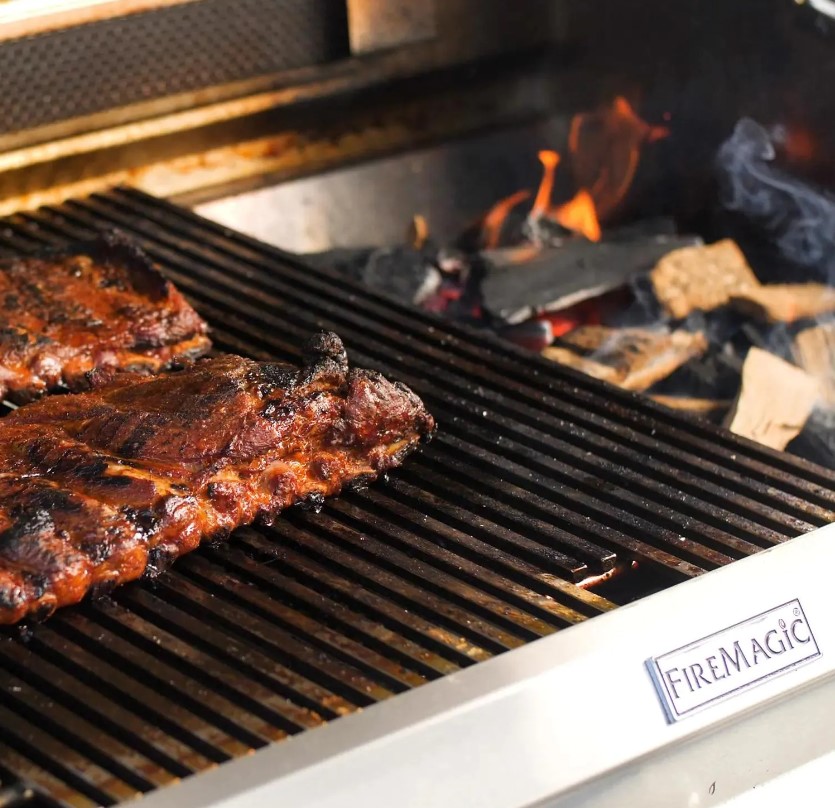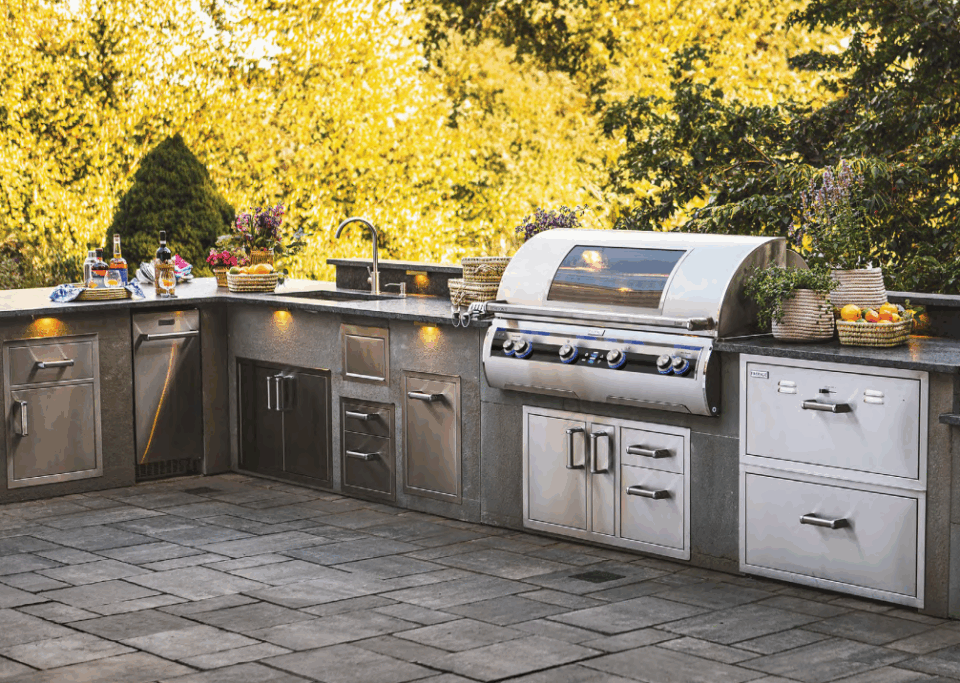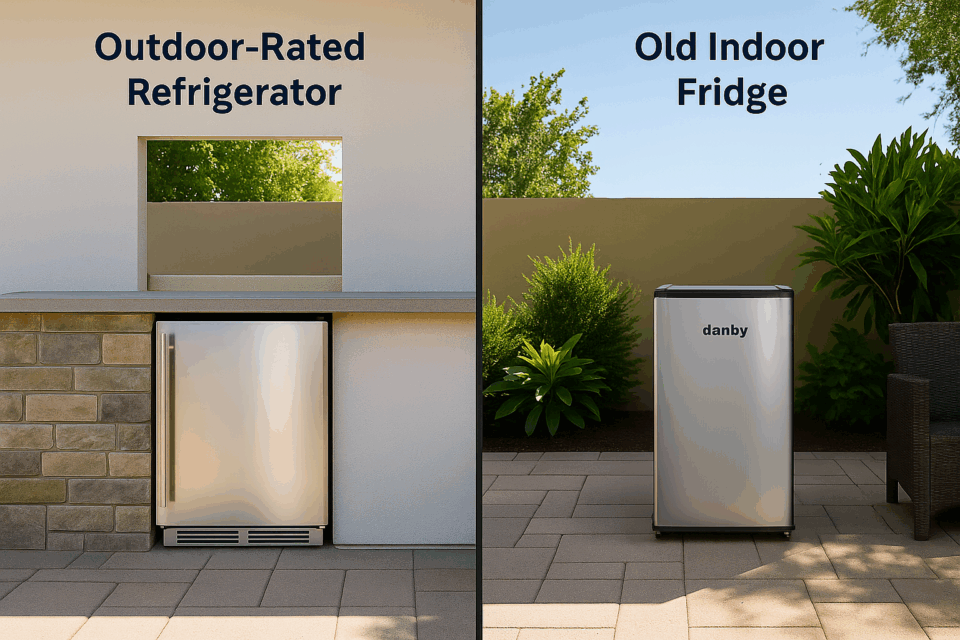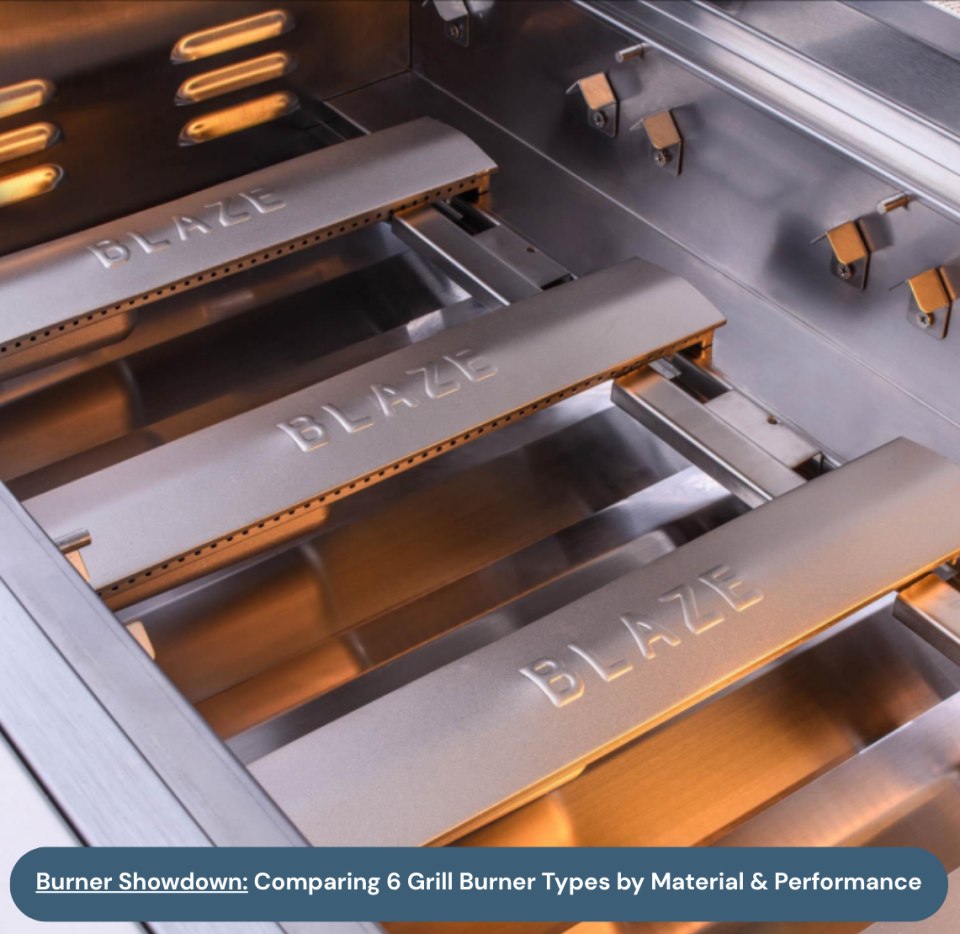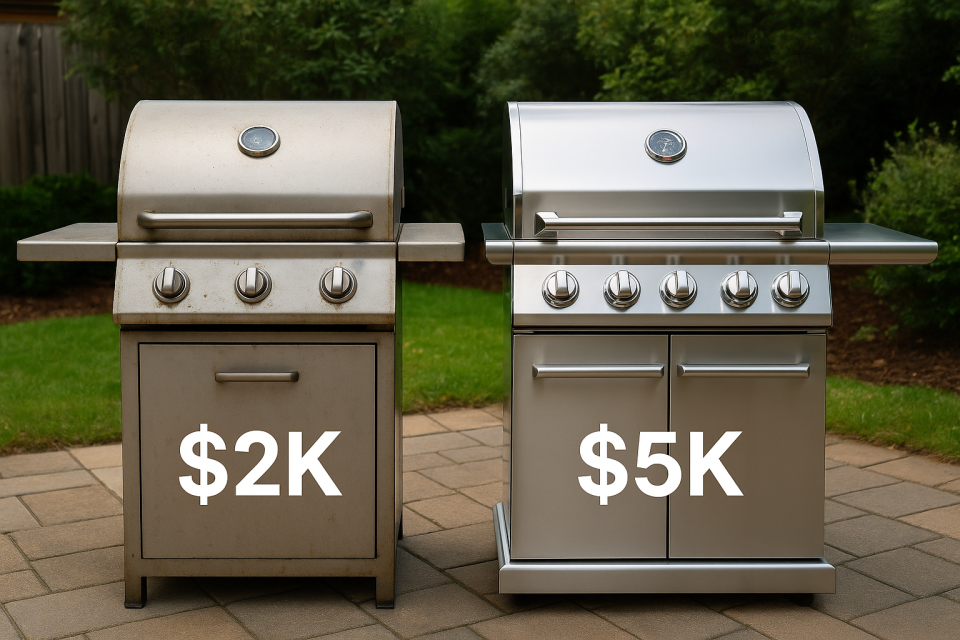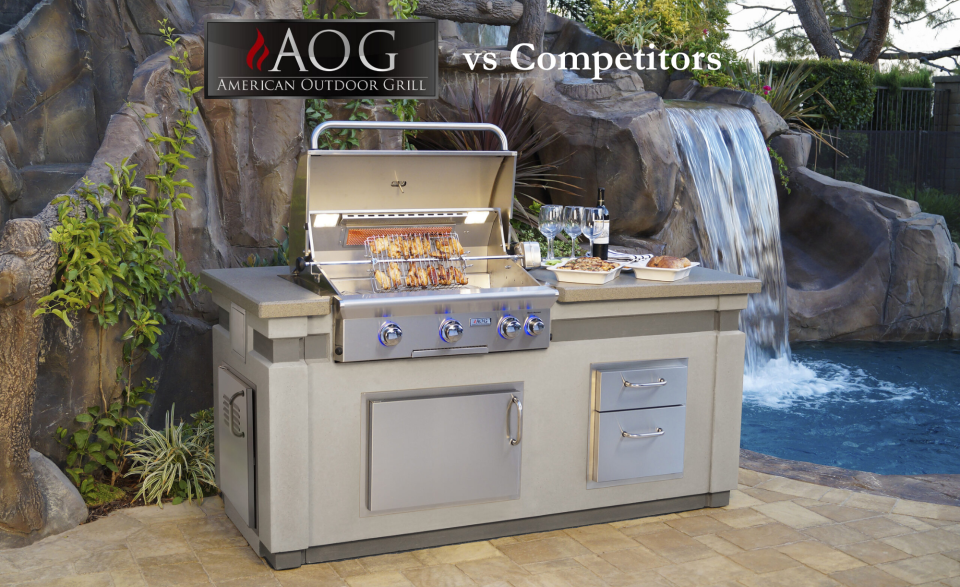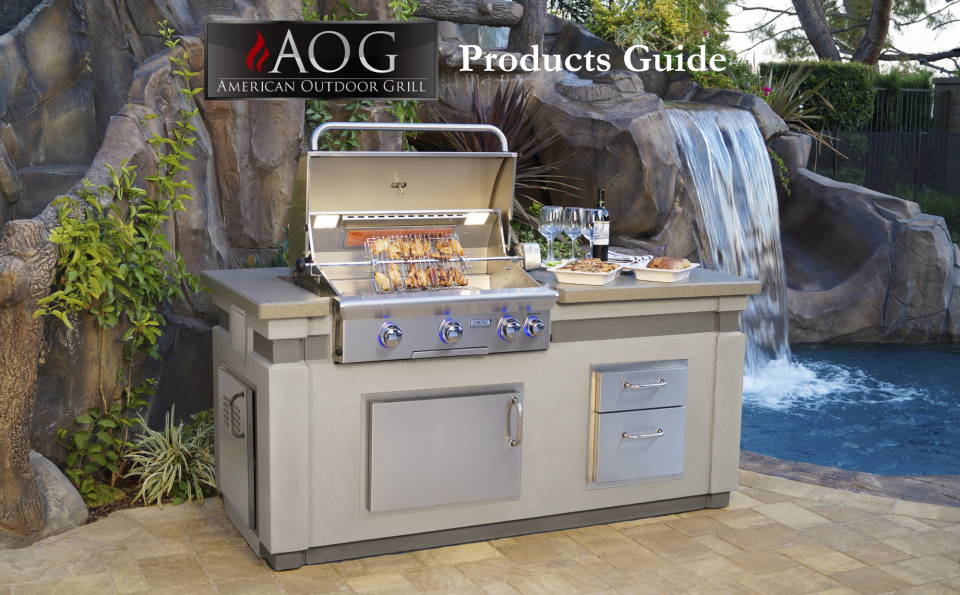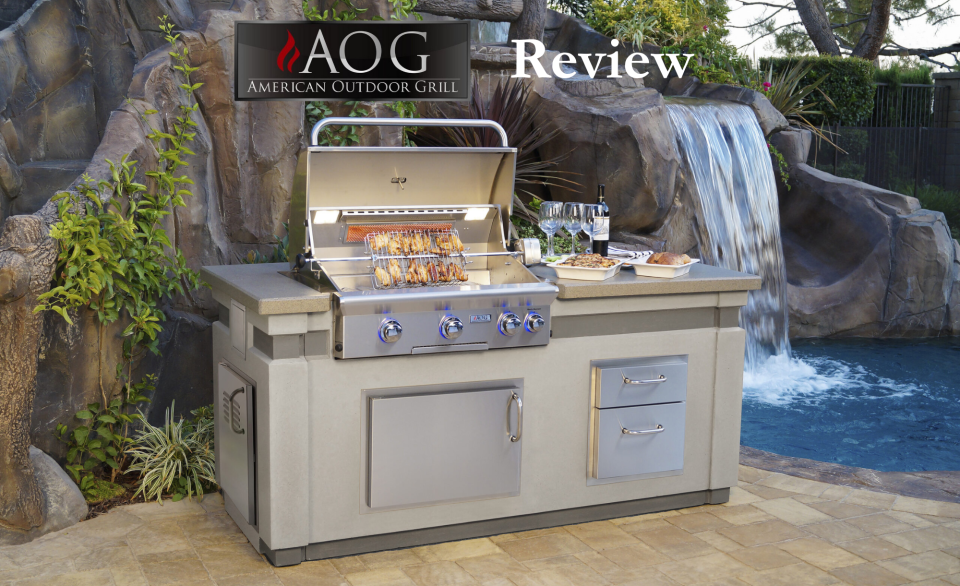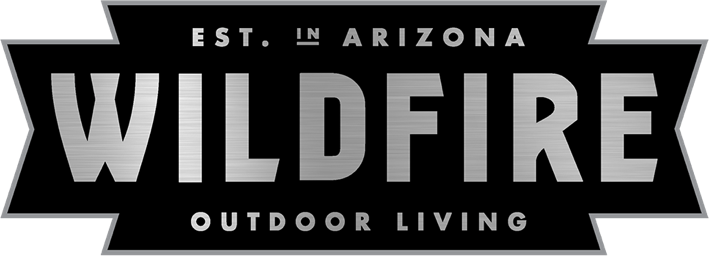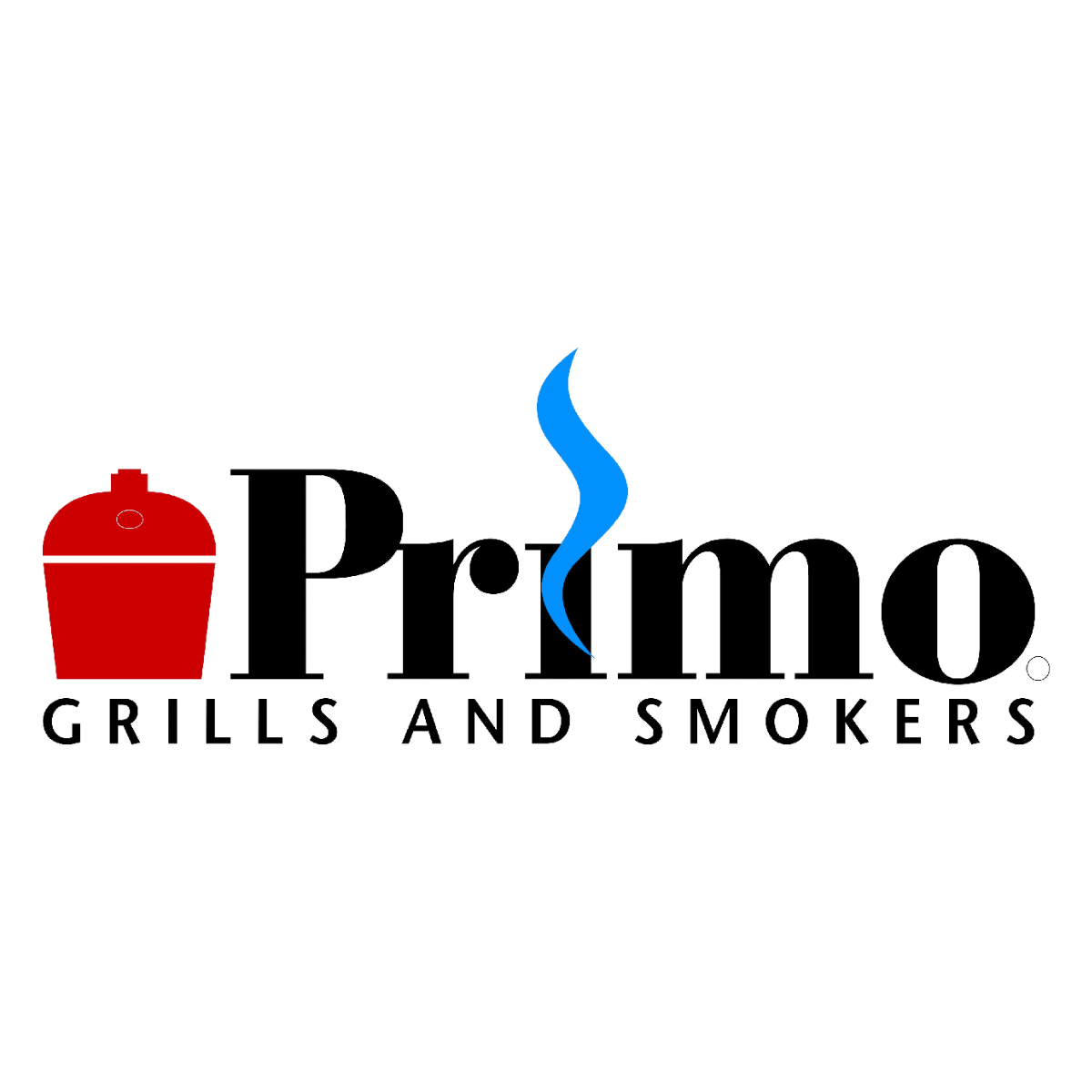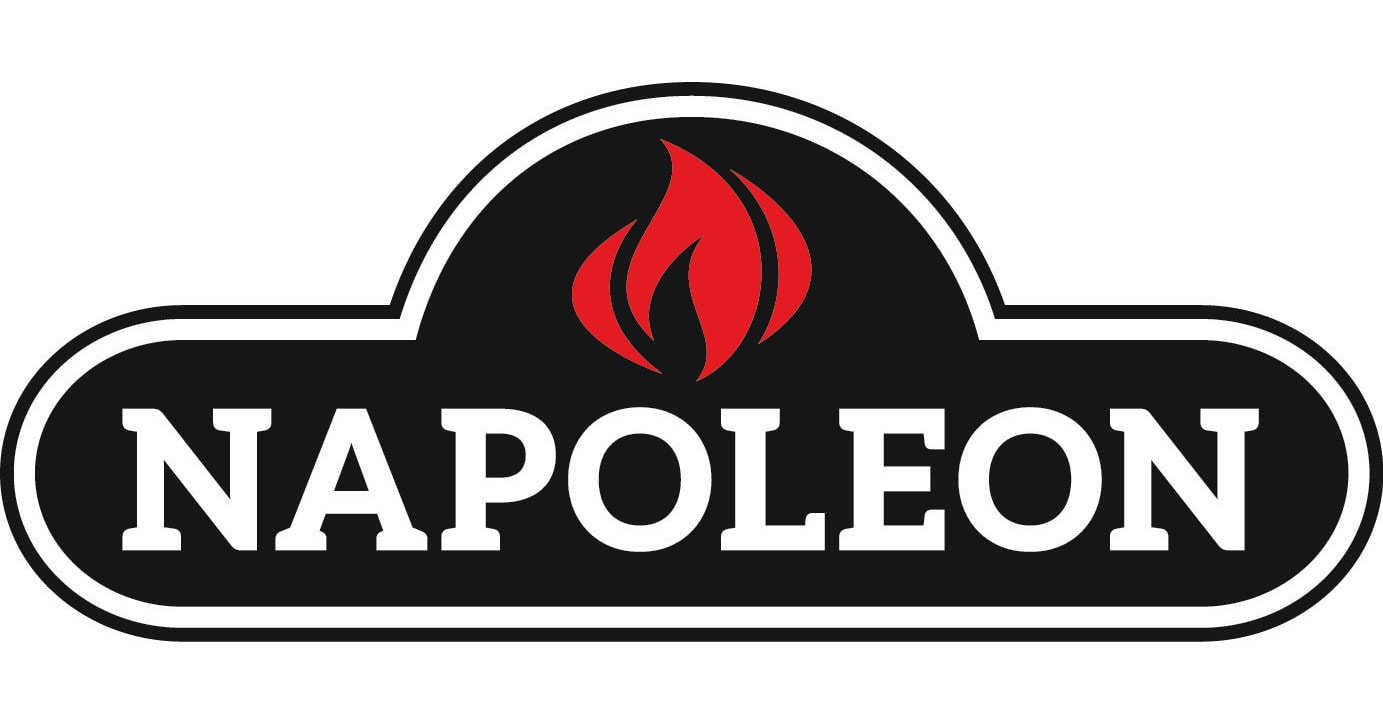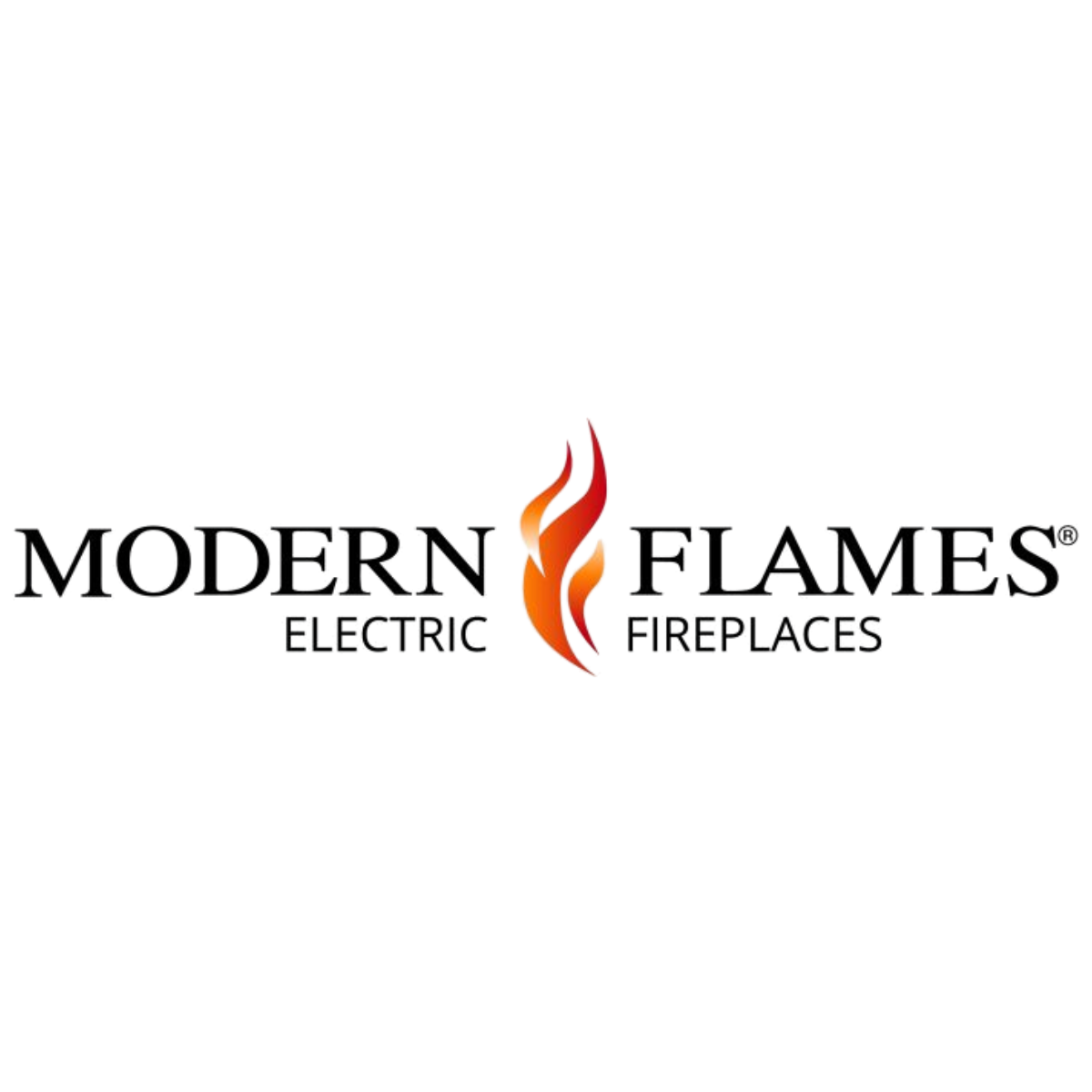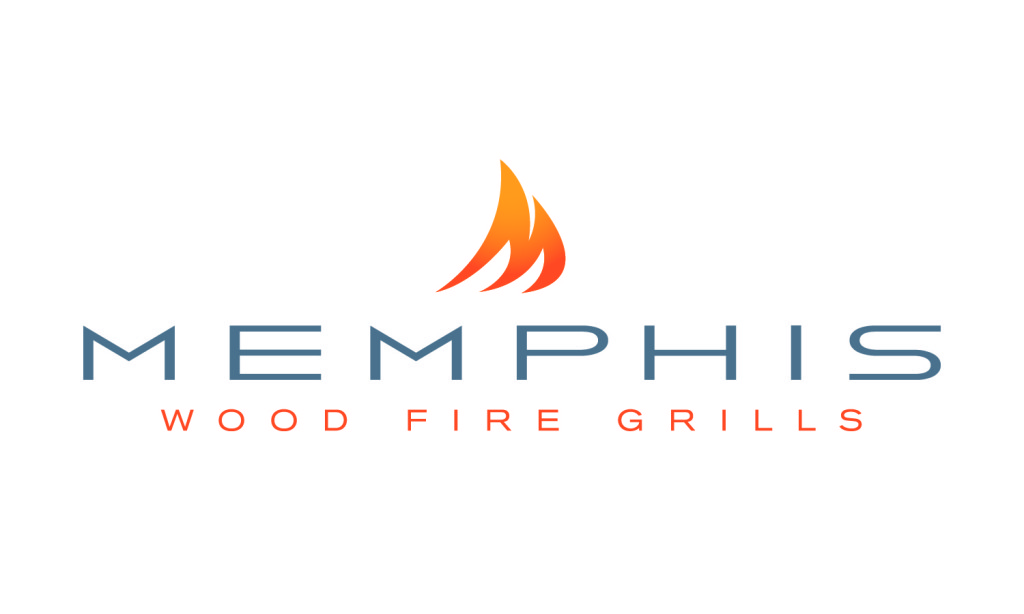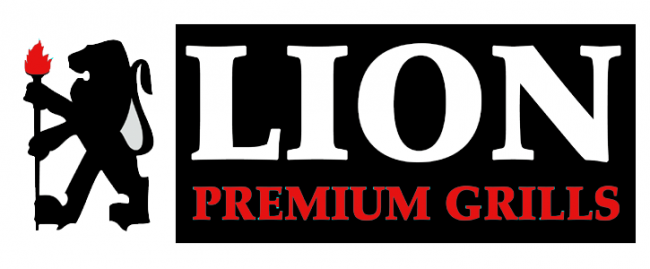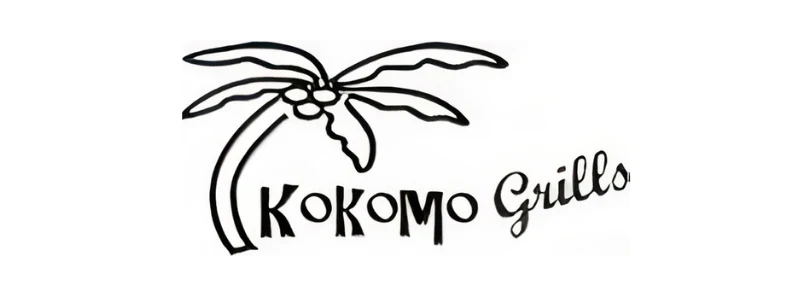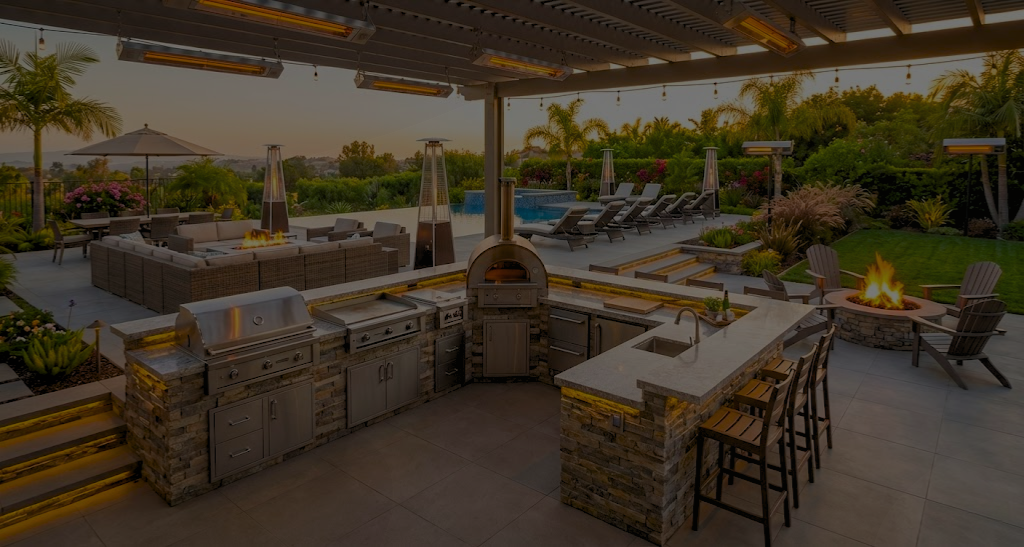
Blog
Infrared Grills 2025: When 1,000 °F Radiant Heat Steals the Show—and When to Stick with Classic Flame
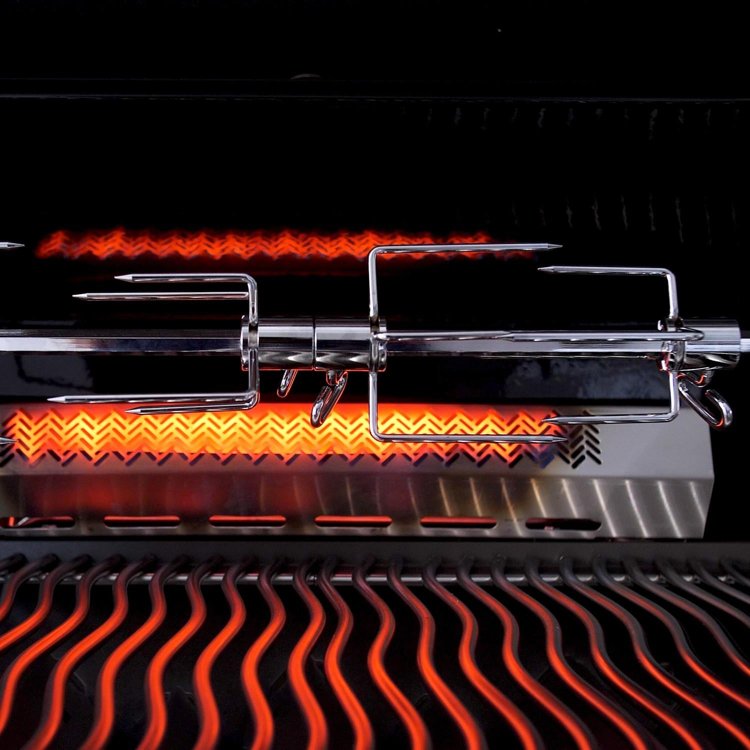
BBQ Grill Infrared: The Truth Behind the 1,000°F Sizzle
At its core, BBQ grill infrared cooking is about how heat is delivered. Traditional gas grills heat the air, which then warms your food indirectly. An infrared gas grill, by contrast, uses a heated ceramic or stainless surface that emits radiant energy straight into your food. This intense direct heat reduces cooking times, minimizes flare-ups, and helps lock in moisture—making it the secret to steakhouse-quality searing in your own backyard.
Unlike open-flame burners, grilling with infrared creates a more even heat across the cooking surface, which means fewer hot and cold spots. The result is faster preheat times, better temperature control, and a crisp caramelized crust that’s hard to achieve with standard gas burners.
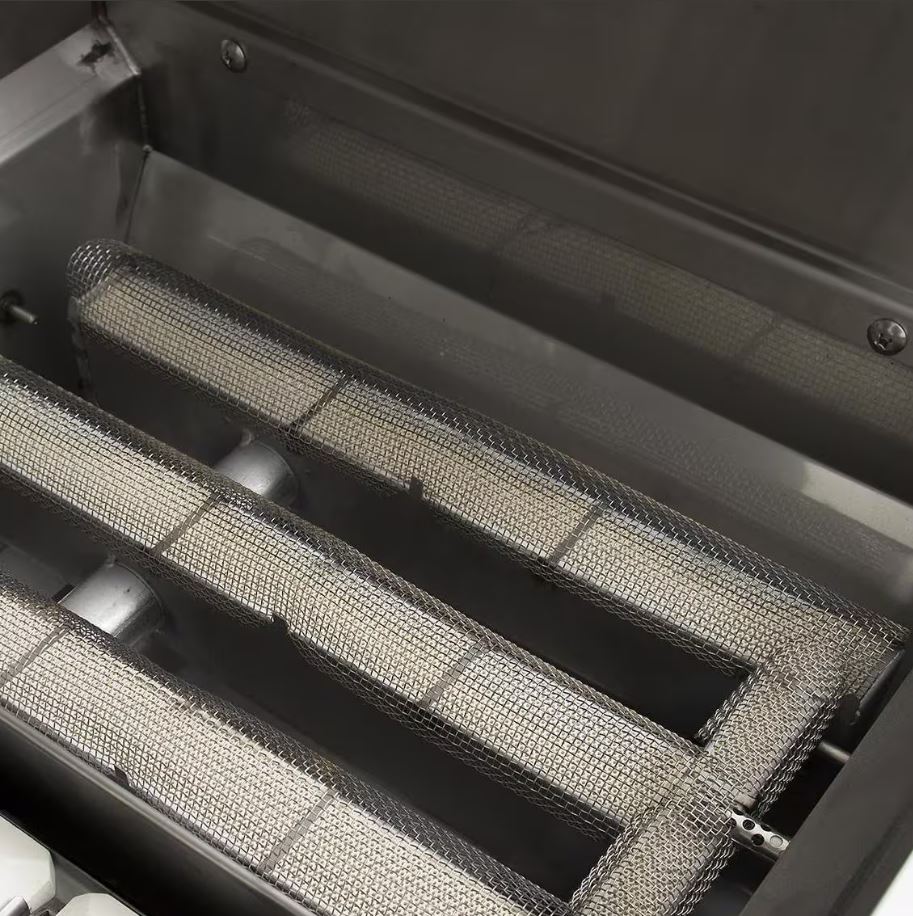
Infrared burner from the Lynx Professional 42-Inch Grill with Trident technology.
Build & Materials — Turning Gas into Radiant Heat
When it comes to BBQ grill infrared performance, everything starts with the design. Traditional gas burners work by heating the air, which then warms the grill grate. Infrared systems take a more direct route—channeling gas through a ceramic slab or mesh screen packed with thousands of tiny ports. Once ignited, the surface glows red-hot and radiates heat in powerful waves directly toward the food.
🔁 Traditional burners = hot air → grates
🔥 Infrared burners = direct radiant heat → foodThat radiant energy browns proteins fast and delivers a steakhouse-quality sear while keeping the surrounding air relatively calm. Fewer flare-ups, better heat retention, and more even cooking—all made possible by how that infrared gas grill converts fuel into focused thermal output.
💡 Infrared burners work without an open flame. Once lit, the burner surface itself glows red—radiating intense, even heat straight into your food.
Want to see one in action? Check out this Lynx infrared grill down below for a closer look at Trident burner design.
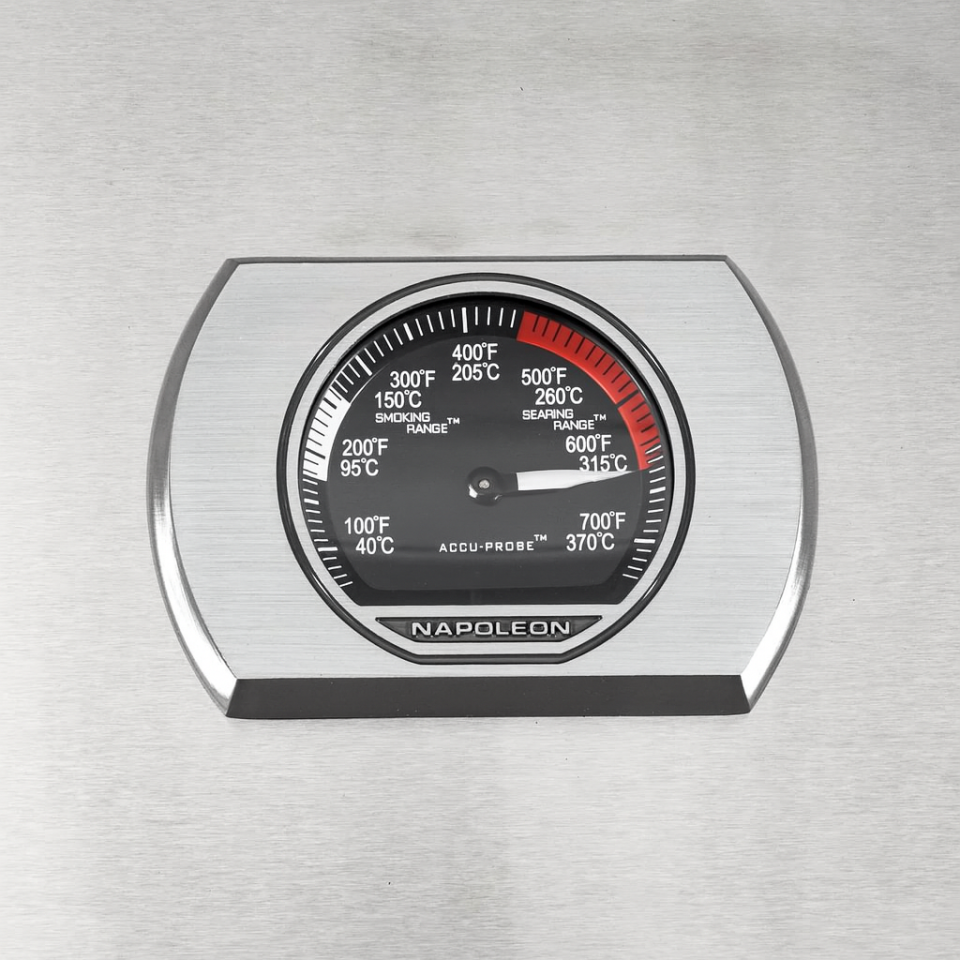
Thermometer on a Napoleon infrared grill reading around 700°F—ideal for fast searing.
Cooking Performance — Speed vs. Flexibility
The true appeal of gas grills with infrared systems is speed—plain and simple. On test units, infrared side burners, like those on select Napoleon grills, have been shown to hit 700°F in just over three minutes, using about half the fuel and time of a traditional burner. For main grill burners, premium models such as Lynx or Napoleon’s built-in grills typically reach the same 700°F searing range in about 10 to 15 minutes—still impressively quick for full-size cooking zones. That rapid heat output locks in juices, sears steaks with a rich crust, and can increase moisture retention by up to 35% in proteins like ribeye or chicken.
But fast isn’t always better. Infrared grilling excels with high-heat cuts like steak, burgers, or lamb chops—but can be unforgiving with delicate foods. Veggies may char on the outside before they soften inside, and low-and-slow items like ribs still rely on secondary conventional burners to cook evenly without scorching.
🔥 Infrared is a searing specialist—perfect for steak night, but not your go-to for everything on the menu.
What’s the Difference Between an Infrared Sear Burner and an Infrared Rotisserie Burner?
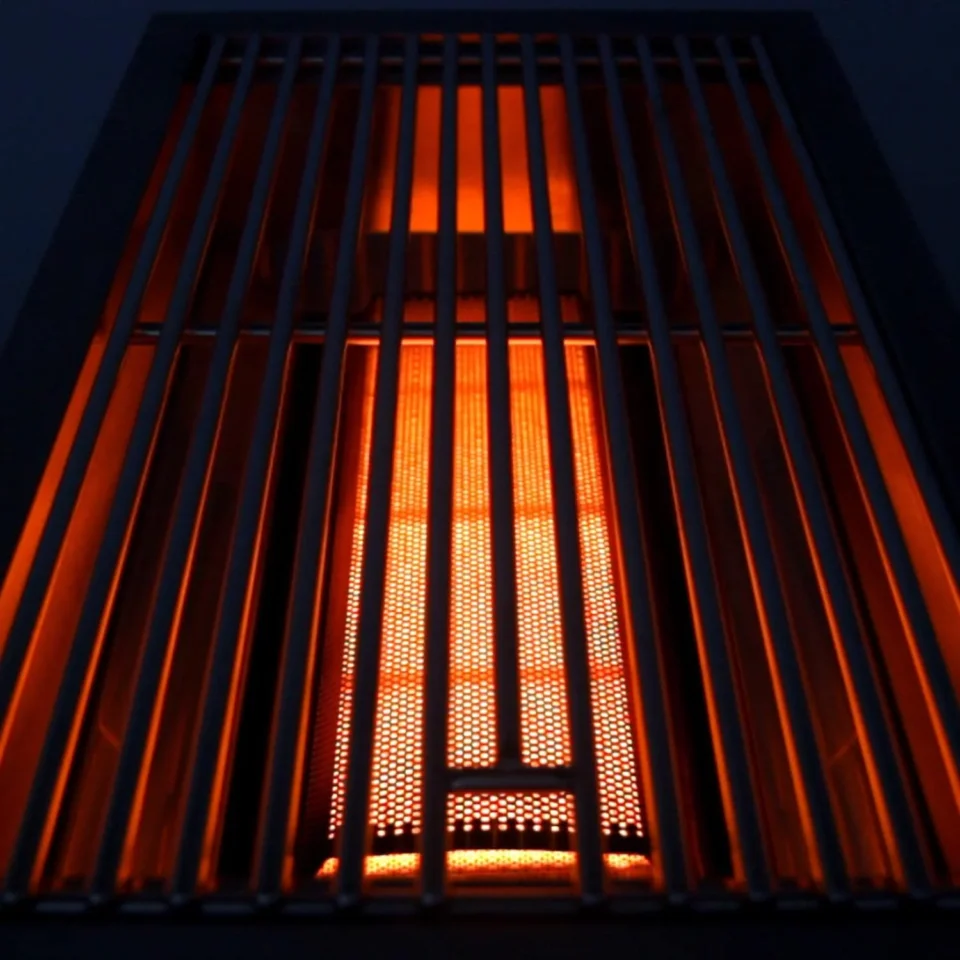
Infrared sear burner glowing red-hot—ideal for steaks, burgers, and high-heat grilling.
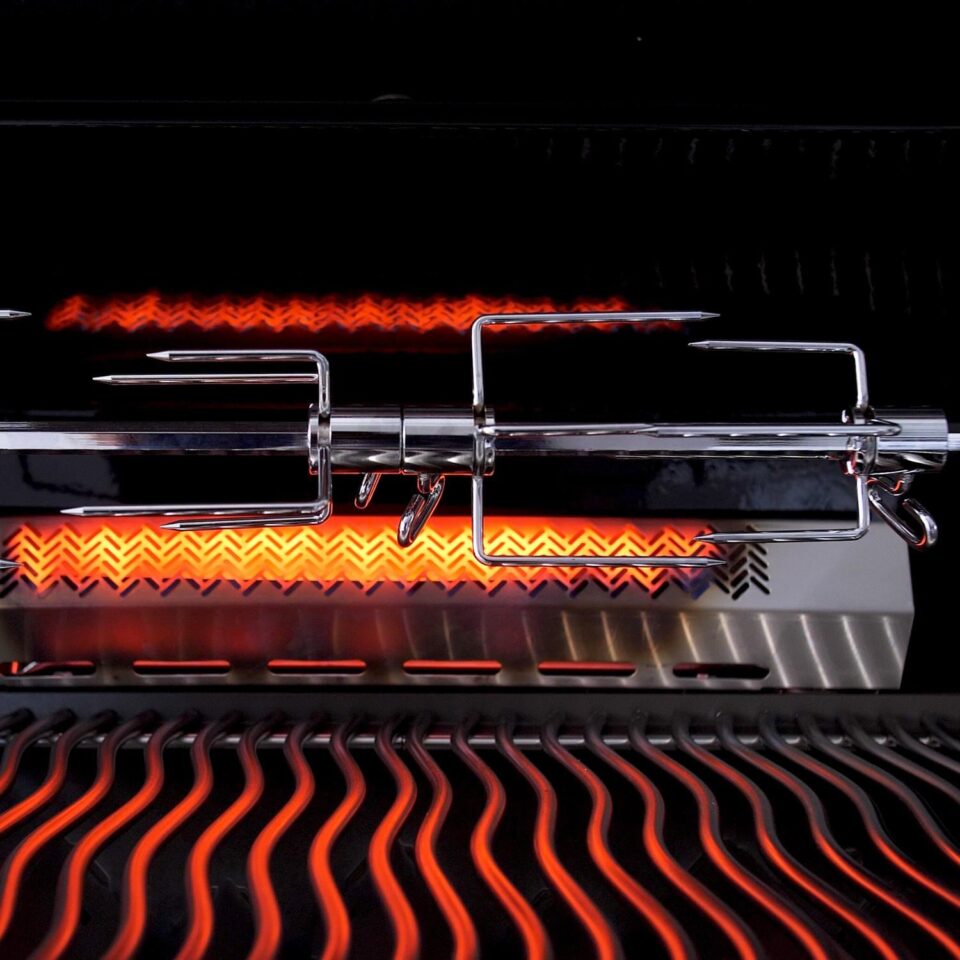
Rear infrared rotisserie burner on a Napoleon PRESTIGE PRO™ 665 RB—built for slow, even roasting over radiant heat.
Both infrared gas grill sear burners and infrared rotisserie burners use radiant heat, but they serve two different purposes.
- A sear burner is designed for intense, direct heat—often reaching 700°F to 1,000°F—to quickly sear steaks, burgers, and chops. It creates that rich crust and juicy center by cooking the outside fast without drying the inside.
- A rotisserie burner, on the other hand, sits at the back of the grill and delivers gentler, consistent radiant heat that’s ideal for slow-roasting meats like chicken, pork loin, or prime rib. The rotisserie turns the food continuously for even cooking, while the lower heat prevents scorching. For ultimate versatility, many premium gas grills with infrared offer both burner styles in one setup.
Care & Longevity — Dry Heat Loves Dry Storage
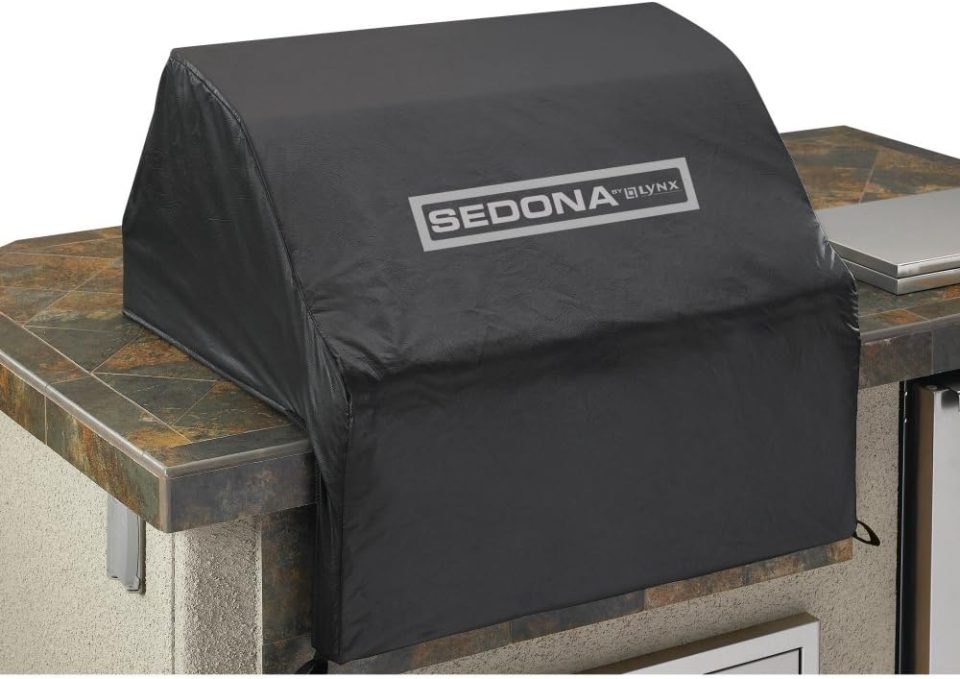
Sedona by Lynx grill shown fully covered—an essential step in protecting infrared burners from moisture damage.
Open-flame burners can handle a little rain. BBQ grill infrared burners? Not so much. If you splash water on a hot ceramic tile, it could crack. That’s why infrared systems need a little more love—especially when it comes to storage and cleanup. 🔥 Unlike open-flame burners, infrared tiles demand a little TLC—especially when it comes to moisture and carbon buildup.
Owners should keep their grill under a snug cover, brush away carbon buildup with a soft block (no scrapers), and relight the burner weekly to burn out grease. Do it right, and the tiles can last a decade. Ignore it, and they can crumble in two.
🧽 Infrared burners thrive on clean, dry conditions—protect them well and they’ll deliver for years.
See the Difference — Infrared Searing Starts Here
From build materials to blazing performance and long-term care, BBQ grill infrared systems deliver more than just heat—they give outdoor chefs unmatched searing power, fuel efficiency, and a cleaner way to cook. Whether you’re reverse-searing a ribeye or firing up burgers for the family, infrared burners offer real control when it counts. But the only way to truly feel the difference… is to experience it yourself.
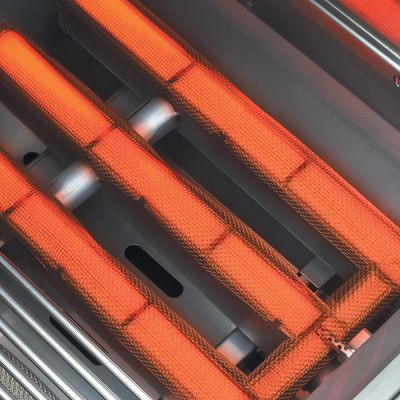
Lynx Trident infrared burner glowing at full intensity—ideal for fast, even searing.
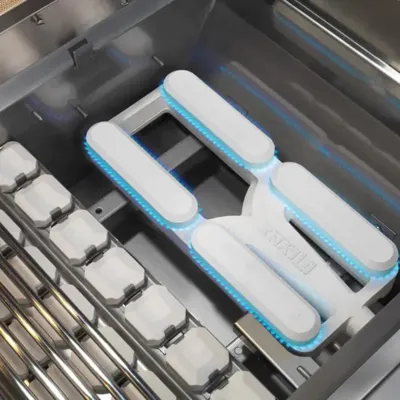
Lynx traditional ceramic burner design—offers slower, gentler heating for flexible cooking zones.
Want to see the Lynx Trident infrared system in action?
We’ve got it ready at Best of Backyard, where you can get hands-on with a live hybrid grill demo—comparing high-performance infrared burners side by side with traditional open-flame options.
📍 Visit us at 9901 Indiana Ave Unit 109, Riverside, CA 92503
📞 Or call us at (951) 977-8222
❓ BBQ Grill Infrared FAQ
What is an infrared BBQ grill?
An infrared BBQ grill uses radiant heat from an infrared element—usually a ceramic, metal, or glass surface heated by gas or electricity—to cook food directly. Unlike traditional open-flame grills, infrared models deliver intense, even heat that can reach temperatures over 1,000°F for perfect searing.
Are infrared grills better than regular gas grills?
Infrared grills excel at high-heat searing and faster cooking times. They provide more even heat distribution and reduce flare-ups. However, traditional gas grills offer better versatility for low-and-slow cooking. Many premium grills combine both styles for the best of both worlds.
Is food cooked differently on an infrared burner?
Yes—infrared burners cook food using radiant heat instead of convection. This locks in juices and creates a crisp, flavorful crust on meats. It’s ideal for steaks, burgers, and seafood but can overcook delicate items if not carefully monitored.
Can you slow cook on an infrared grill?
Most infrared burners are designed for high-heat searing, not slow cooking. However, some grills with hybrid zones—offering both infrared and standard burners—allow you to sear on one side and cook low-and-slow on the other. This flexibility is key in premium BBQ grill infrared designs.
How do you clean an infrared burner?
To clean an infrared burner, preheat it on high for 10–15 minutes to burn off food residue, then brush with a non-metallic grill brush once cool. Avoid using water directly on hot ceramic burners, as this can cause cracking. Always follow the manufacturer’s care guide for best results.
How fast do infrared grills heat up?
Infrared side burners—such as those on Napoleon grills—can reach 700°F in about 3 minutes. However, for full-size grills like Lynx or Napoleon main burners, expect to reach 700°F in 10 to 15 minutes, depending on weather and fuel.


